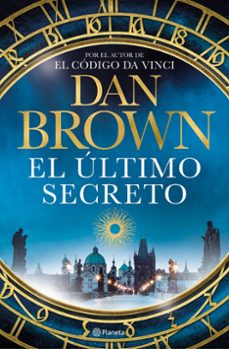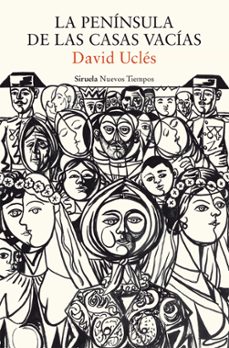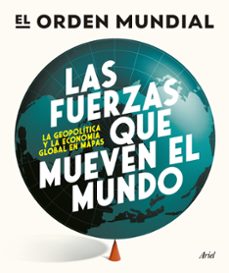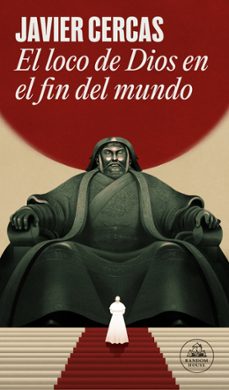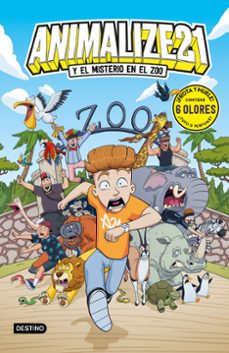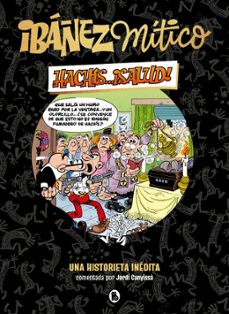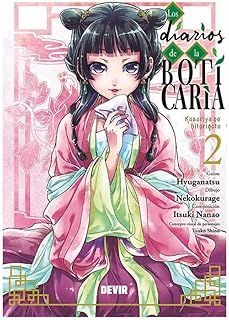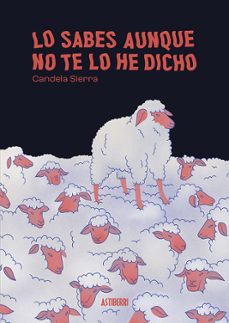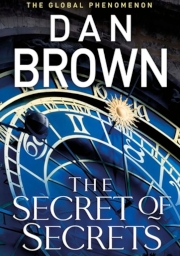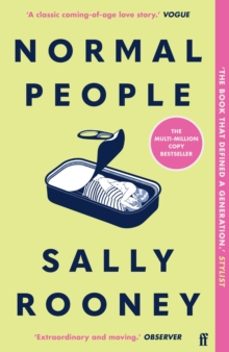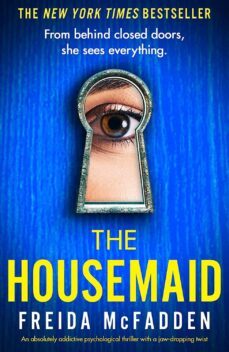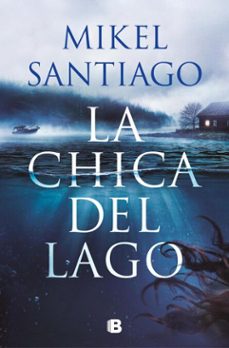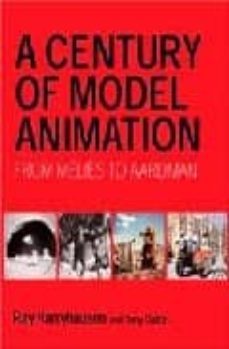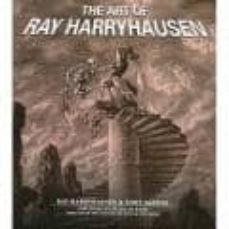Imprescindibles
Ficción
No Ficción
Ciencias y tecnología Biología Ciencias Ciencias naturales Divulgación científica Informática Ingeniería Matemáticas Medicina Salud y dietas Filología Biblioteconomía Estudios filológicos Estudios lingüísticos Estudios literarios Historia y crítica de la Literatura
Humanidades Autoayuda y espiritualidad Ciencias humanas Derecho Economía y Empresa Psicología y Pedagogía Filosofía Sociología Historia Arqueología Biografías Historia de España Historia Universal Historia por países
Infantil
Juvenil
#Jóvenes lectores Narrativa juvenil Clásicos adaptados Libros Wattpad Libros Booktok Libros de influencers Libros de Youtubers Libros Spicy Juveniles Libros LGTBIQ+ Temas sociales Libros ciencia ficción Libros de acción y aventura Cómic y manga juvenil Cómic juvenil Manga Shonen Manga Shojo Autores destacados Jennifer L. Armentrout Eloy Moreno Nerea Llanes Hannah Nicole Maehrer
Libros de fantasía Cozy Fantasy Dark academia Hadas y Fae Romantasy Royal Fantasy Urban Fantasy Vampiros y hombres lobo Otros Misterio y terror Cozy mistery Policiaca Spooky Terror Thriller y suspense Otros
Libros románticos y de amor Dark Romance Clean Romance Cowboy Romance Mafia y amor Romance dramatico Romcom libros Sport Romance Otros Clichés Enemies to Lovers Friends to Lovers Hermanastros Slow Burn Fake Dating Triángulo amoroso
Cómic y manga
Novela gráfica Novela gráfica americana Novela gráfica europea Novela gráfica de otros países Personajes, series y sagas Series y sagas Star Wars Superhéroes Cómics DC Cómics Marvel Cómics otros superhéroes Cómics Valiant
eBooks
Literatura Contemporánea Narrativa fantástica Novela de ciencia ficción Novela de terror Novela histórica Novela negra Novela romántica y erótica Juvenil Más de 13 años Más de 15 años Infantil eBooks infantiles
Humanidades Autoayuda y espiritualidad Ciencias humanas Economía y Empresa Psicología y Pedagogía Filosofía Historia Historia de España Historia Universal Arte Cine Música Historia del arte
Ciencia y tecnología Ciencias naturales Divulgación científica Medicina Salud y dietas Filología Estudios lingüísticos Estudios literarios Historia y crítica de la Literatura Estilo de vida Cocina Guías de viaje Ocio y deportes
RAY HARRYHAUSEN
Recibe novedades de RAY HARRYHAUSEN directamente en tu email
Filtros
Del 1 al 3 de 3
AURUM PRESS 9781845133672
The technique of stop-motion model animation - bringing models to life by filming them one frame at a time - was the most important way of creating cinematic monsters and fantasy creatures before the advent of computer-generated imagery. It is a technique that will forever be associated with names of Willis O'Brien, the creator of "King Kong", and Ray Harryhausen, whose films thrilled a generation of post-World War II movie-goers. But the first crude model animations were made in the 1890s and in the first two decades of the twentieth century pioneers producing short animated films before O'Brien created the first two animated features, "The Lost World" and "King Kong" in the dying days of silent film. Moreover, stop-motion model animation is still alive and flourishing, most notably in the work of directors Tim Burton and Aardman Animation's Nick Park, whose plasticine creations have starred in major hits such as Chicken Run and The Curse of the Were-rabbit.In this book, Ray Harryhausen and his co-author Tony Dalton trace the history of the genre to which Ray devoted the whole of his working life, from the almost accidental discovery that inanimate objects could be brought to life on the screen to movies such as Jurassic Park, which combined model animation with computer-based techniques to bring a new generation of prehistoric creatures to life.In doing so he gives his readers a fascinating insight into the patience and ingenuity of the animators, explains the development and refinement of the technology, especially that which enabled actors and animated models to interact on the same screen, and gives us tantalising glimpses of the many abandoned projects which litter the history of model animation.The book is lavishly illustrated with stills, many of them from forgotten movies and never before published in book form, sketches and storyboards for projects, explanatory diagrams, rare photographs of animators and artists at work and a host of memorabilia.This book completes the trilogy that began with "Ray Harryhausen: An Animated Life" and continued with "The Art of Ray Harryhausen". Tells the whole story of stop-motion model animation from the late nineteenth-century pioneers to the work of Tim Burton and Aardman Animation. It includes rare stills and many previously unpublished photographs showing Harryhausen and other animators at work and
Ver más
Tapa dura
AURUM PRESS 9781845131142
In An Animated Life (Aurum, 2003) Ray Harryhausen told the story of his career as the acknowledged grandmaster of special effects in the pre-computer era, the creator of classics such as One Million Years BC, Jason and the Argonauts and Clash of Titans. In this new book the focus is not on the movies themselves, but on the vast hoard of artwork which Harryhausen has carefully preserved in his London home. These include preliminary sketches, elaborate drawings of key scenes and carefully plotted storyboards, all produced as he sought backing for his next venture and prepared to undertake the laborious task of animating the prehistoric creatures, aliens and mythical monsters which stole scene after scene from the human actors. There are also the tiny, elaborately articulated models which Harryhausen created to play these roles and the bronzes which he cast to preserve their forms in perpetuity. This stunning array of images is a tribute to the scope of Harryhausen's imagination and his artistic skills which no student of special effects or cinema history will want to be without.
Ver más
Tapa dura
Del 1 al 3 de 3
